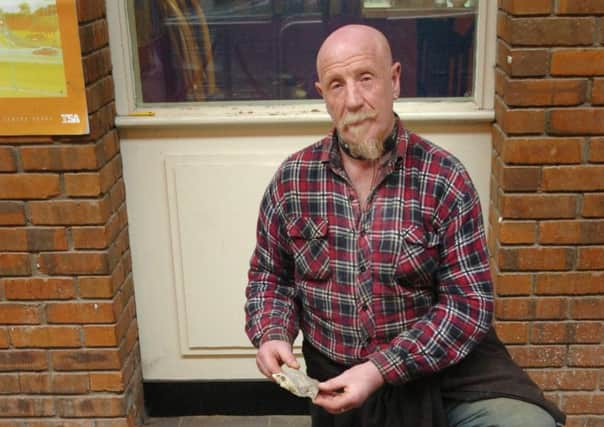Shantallow's ancient burial site mystery


Ian Leitch said that he has received a report of ‘cairn burials’ uncovered by a workman during the construction of the Shantallow housing estate over 40 years ago.
No further exploration was conducted at the time, however, and the site went unreported and was covered over.
Advertisement
Hide AdAdvertisement
Hide AdIt is understood the ancient graves are not directly under any homes in the area but are within the housing estate.
Mr. Leitch said he had received information that workmen were using a mechanical digger on the site to the rear of a group of new houses when they came across a stone structure.
One of the objects was briefly explored by a worker at the time and a skeleton found inside before it was covered over again with soil and work continued.
Mr. Leitch said: “When the workman, who does not wish to be named, described what he had found to me I knew exactly what he had unearthed that day.
Advertisement
Hide AdAdvertisement
Hide Ad“What he uncovered was a ‘cist’ stone-like box structure made of stones upright at the edges. Those are a typical grave-like feature dating back to the early Bronze Age in Ireland, circa 2,500 BC.
“Burials like the one the workman unearthed have been found in the past in Shantallow,” he said, adding that others have been uncovered in Pennyburn and Culmore areas
A ‘cist’ grave is constructed from a number of slabs forming the walls and topped with a large capstone, Mr. Leitch said. Sometimes an earthenware pot is buried in with the deceased, who would be placed in a foetal position facing the east.
He added that the find ties in with a wealth of other archeological discoveries across the region pointing to a settlement along a valley, part of which would have been under water and wetlands during the Bronze Age.